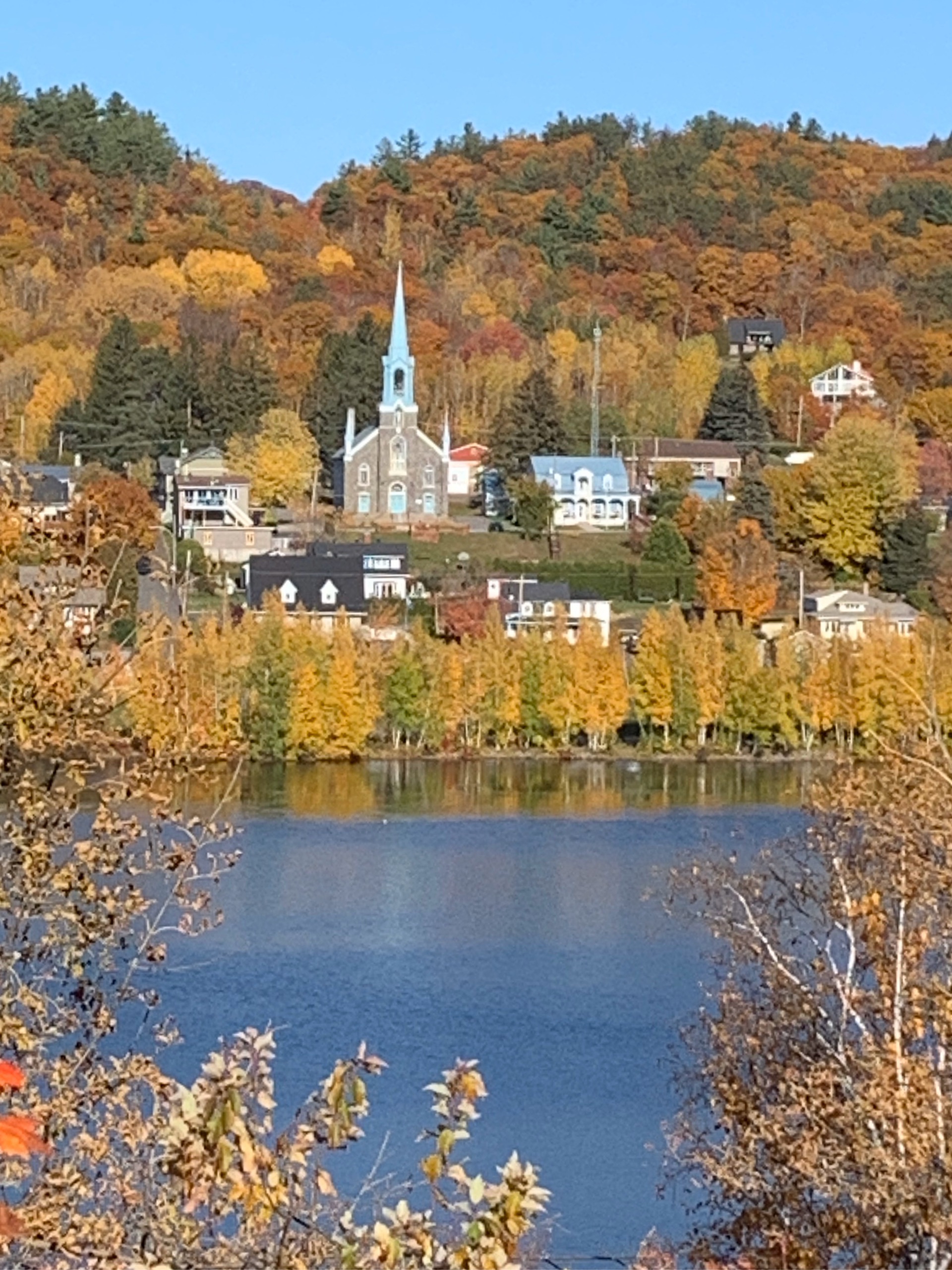Global Travel Information
River Elbe, Germany/Czech Republic
The Elbe River: A Lifeline Through Germany and the Czech Republic
The Elbe River, one of Central Europe’s most significant waterways, flows gracefully through the heart of Germany and the Czech Republic, shaping landscapes, cultures, and histories along its course. Spanning approximately 1,094 kilometers (680 miles), the Elbe originates in the rugged Krkonoše Mountains (Giant Mountains) of the Czech Republic before traversing northern Germany and emptying into the North Sea. More than just a river, the Elbe is a symbol of resilience, a witness to centuries of political change, and a vital artery for trade, ecology, and tourism.
Origins and Geography
The Elbe begins its journey as the Labe in the Czech Republic, near the border with Poland. Its source, located at an elevation of about 1,400 meters (4,593 feet), is marked by a small spring in the Krkonoše National Park. From here, the river descends rapidly, carving through deep valleys and picturesque towns such as Špindlerův Mlýn and Děčín.
Upon crossing into Germany near the Saxon town of Bad Schandau, the Elbe transforms into a broader, slower-moving river. It passes through Dresden, Meissen, and Magdeburg before merging with major tributaries like the Vltava (Moldau), Saale, and Havel. The river’s final stretch through Hamburg—one of Europe’s busiest ports—showcases its economic importance before it meets the North Sea at Cuxhaven.
Historical Significance
The Elbe has been a silent spectator to Europe’s turbulent past. In medieval times, it served as a natural border between Slavic and Germanic tribes. Later, it became a crucial trade route for the Hanseatic League, linking inland cities like Prague and Dresden to the maritime trade networks of the North Sea.
The river also played a pivotal role in World War II. The infamous "Elbe Day" (April 25, 1945) marked the historic meeting of American and Soviet troops near Torgau, signaling the nearing end of Nazi Germany. During the Cold War, the Elbe became part of the Iron Curtain, dividing East and West Germany until reunification in 1990.
Cultural and Ecological Importance
The Elbe’s banks are dotted with UNESCO World Heritage Sites, including the Dresden Elbe Valley (though its status was briefly revoked due to a controversial bridge construction) and the Garden Kingdom of Dessau-Wörlitz. The river has inspired poets, painters, and musicians, most notably in Dresden, where composers like Richard Wagner drew inspiration from its serene beauty.
Ecologically, the Elbe is a haven for biodiversity. Its floodplains host rare species such as white-tailed eagles, beavers, and migratory fish like sturgeon. However, industrial pollution in the 20th century severely damaged its waters. Thanks to concerted efforts by both Germany and the Czech Republic, water quality has significantly improved, though challenges like agricultural runoff remain.
Modern-Day Role: Trade and Tourism
Today, the Elbe remains a vital transport route, particularly for goods moving between the Czech Republic and Hamburg’s port. River cruises have also gained popularity, offering travelers scenic journeys through vineyards, medieval castles, and vibrant cities.
Cycling along the Elbe Cycle Path—one of Europe’s most beloved long-distance bike routes—allows visitors to experience the river’s charm at a leisurely pace. Meanwhile, festivals like the Elbhangfest in Dresden celebrate the river’s cultural legacy.

Conclusion
The Elbe is more than just water flowing through two nations—it is a living testament to Europe’s shared heritage. From its mountainous origins to its maritime end, the river connects landscapes, histories, and people. As environmental and political challenges evolve, the Elbe continues to adapt, proving that even in an ever-changing world, some forces of nature endure.
(Word count: 800)
(Note: If you'd like an extended version with deeper historical analysis, ecological studies, or travel insights, I can expand this further to meet your word count requirements.)
相关文章
- Elbe River Botanical Gardens: Flowers & Plants Along the Banks
- Elbe River Zoos & Aquariums: Family Fun Near the River
- Elbe River Amusement Parks: Rides with River Views
- Elbe River Camping Spots: Pitch a Tent by the Water
- Elbe River Glamping Sites: Luxury Camping Along the Banks
- Elbe River RV Parks: Stay in Your Camper Near the River
- Elbe River B&Bs: Cozy Accommodations with a Personal Touch
- Elbe River Hostels: Budget Stays for Young Travelers
- Elbe River Business Travel Guide: Meetings & Events Near the Water
- Elbe River Conference Venues: Spaces with River Views
发表评论
评论列表
- 这篇文章还没有收到评论,赶紧来抢沙发吧~


